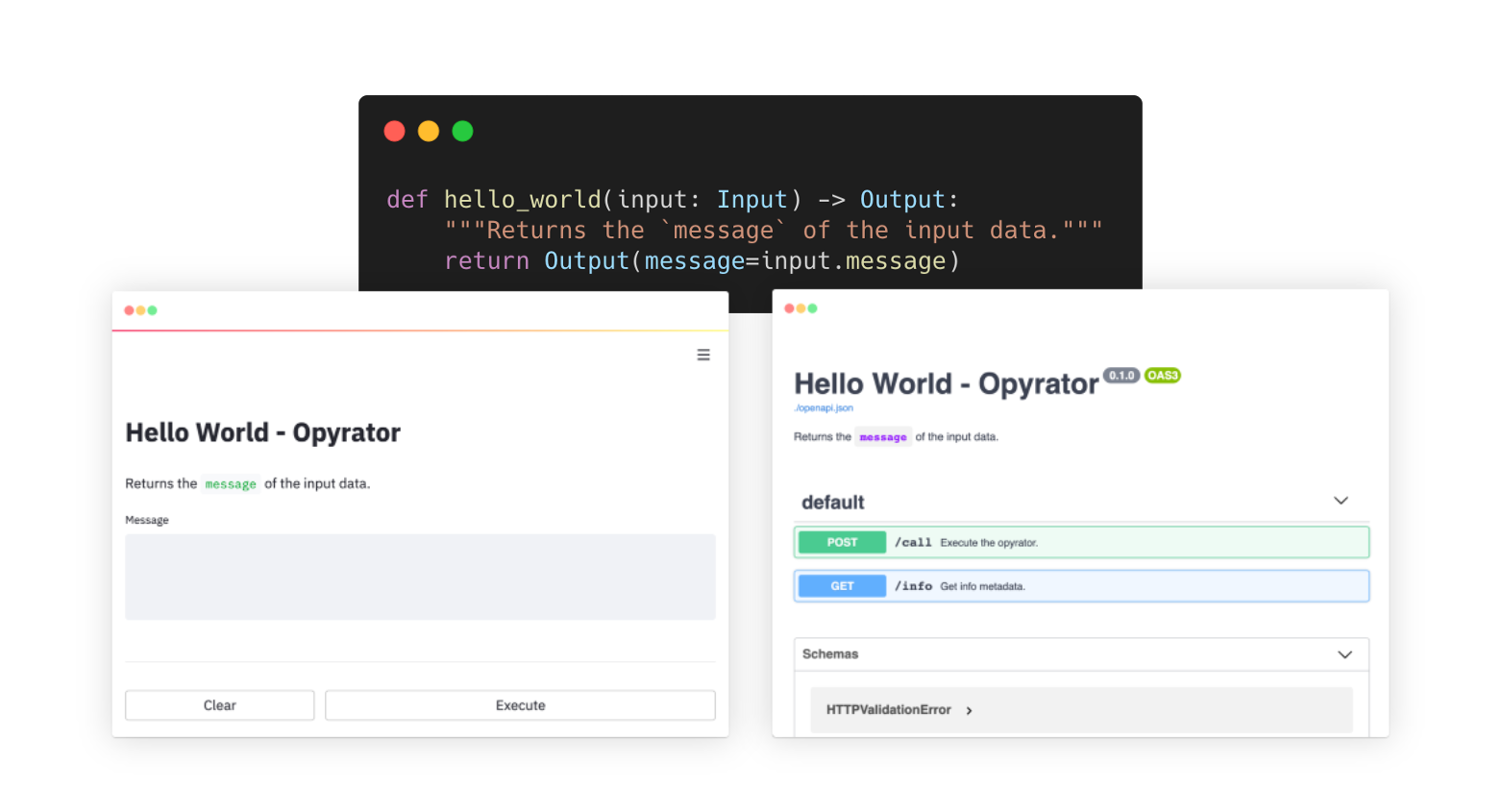WebMesh
WebMesh is a WebSocket based communication library for microservices. It uses a WebSocket server based on wsproto that distributes clients on a thread pool to achieve high parallelism and performance. It aims at providing the building blocks to inter-connect multiple services at the application level seamlessly. (corporate lorem ipsum ends here).
Design
[TODO]
Todo before first release
- Add SSL Support
- Improve Failure Resilience (retrying connections etc..)
- Path arguments and resolution for consumers
- Implement a Subscription System
- Node discovery and status reporting
- Testaments & Last Will maybe ?
- Implement a class that regroups a server and multiple clients to each peers (WebMesh(server, *peers) ?)
Tests & Lint
Install nox: pip install nox
Execute all the session at the root of the project: nox
Install
Simply execute: pip install webmesh
WebMesh Server
WebMesh's server works like a standard HTTP server. It uses a declarative syntax with decorators defining callbacks on routes. Here's the basic example for a locally accessible echo server:
from typing import Any
from webmesh.websocket.websocket_connection import WebSocketConnection
from webmesh.webmesh_server import WebMeshServer
server = WebMeshServer()
@server.on('/')
def echo(payload: Any, path: str, client: WebSocketConnection):
return payload
server.listen()
server.await_started()
# Server is ready and running in its own thread
server.close()
This is all good and pretty but by default, WebMesh uses msgpack and zlib to communicate which makes it hard to manually use. You can change the serialization layer by providing an implementation of the AbstractMessageSerializer class. WebMesh provides a simple JSON serializer that you can pass into your server's constructor:
from webmesh.webmesh_server import WebMeshServer
from webmesh.message_serializers import StandardJsonSerializer
server = WebMeshServer(serializer_type=StandardJsonSerializer)
Note: We are using the class and not an instance. This is because the websocket backend uses processes for parallelism. This limits us as to what we can use because it requires to be pickled. By passing the class, we can instantiate the serializer inside the process and have more flexibility.






